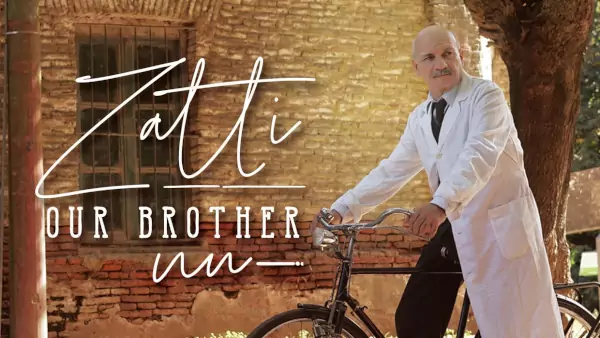July 31 - Ignatius was born in Loyola Castle in 1491. Orphaned by his father at the age of fifteen, Ignatius left Loyola and became a page at the court of the King of Aragon Ferdinand, then joined the army of the Duke of Lara, Viceroy of Navarre in 1517.
On 20 May 15213, when he was thirty years old, he took part in the siege of Pamplona (Navarre). Overwhelmed by numbers, the Spaniards wanted to surrender, but Ignatius urged them to fight. One leg wounded and the other broken by a cannonball, he is taken back to his castle and operated on, but his right leg remains several centimetres shorter for the rest of his life, preventing him from returning to the Spanish army for good. During his convalescence, because he could not find the famous novels of chivalry of the time, he read many religious books such as the Life of Jesus by Ludolph the Saxon or the Golden Legend by James of Voragine, which narrates the deeds and gestures of saints. In a mixture of fervour and anxiety, he sees in a dream-vision "Our Lady with the Holy Child Jesus", he rejects his past life and especially the things of the flesh. After his recovery, he left the family home in February 1522 to go to Jerusalem. He spent several months in a grotto near the city of Manresa where he practiced the most rigorous asceticism. Until the beginning of 1523 he led a hermit's life during which he began to write what would become the Spiritual Exercises.
In France, Ignatius of Loyola gathered around him quality students from diverse backgrounds. On August 15, 1534, at the end of the Mass celebrated in Montmartre in the crypt of the Martyrium of Saint Denis by Pierre Favre, ordained priest three months earlier, they took the two vows of poverty and chastity and the third to go on a pilgrimage to Jerusalem within two years to convert the infidels there at the end of their studies. After leaving Paris, he went for six months to Spain and then to Bologna where, unable to resume his studies, he devoted himself to works of charity, waiting for his companions to join him in Venice. Ignatius of Loyola, like most of his companions, was ordained a priest in Venice on June 24, 1537.
In Rome, Alexander Farnese had just been elected Pope in 1534, under the name of Paul III, and quickly seemed to see all the benefits to be gained from this new society of learned priests, rigorous, honest and of immense reforming will. In November 1538, Paul III received Ignatius and his companions and ordered them to work in Rome. From then on, the Society of Jesus or Jesuit order was born. The creation of the Society of Jesus was accepted by Pope Paul III on September 27, 1540. On April 22, 1541, Ignatius was elected, in spite of his reluctance, the first Superior General of the Society of Jesus, and he made his profession with his companions in the Basilica of St. Paul Outside the Walls. The Order was then constituted.
When he died in Rome on July 31, 1556, the Society of Jesus already had more than a thousand members in twelve provinces, seventy-two residences and seventy-nine houses and colleges. Ignatius of Loyola was beatified on 19 April 1609 and canonised on 12 March 1622, together with Francis Xavier, Teresa of Avila, Philip Neri and Isidore the Laborer.








